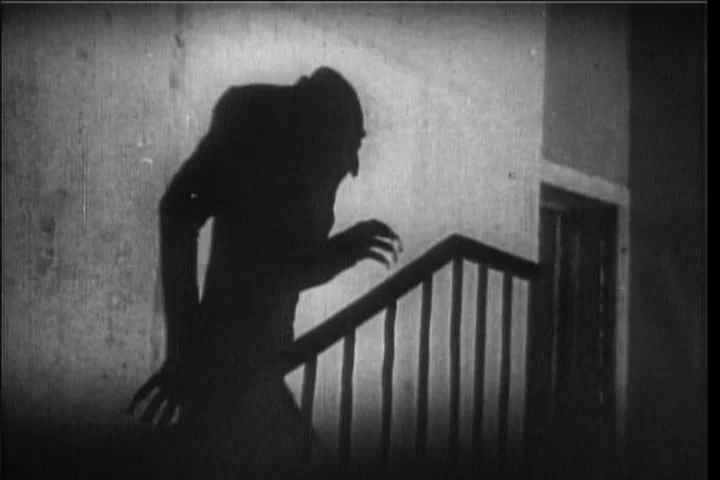Spurlock Museum shows students horror film evolution with Nosferatu
Photo courtesy of Insomnia Cured Here/Flickr
The move “Nosferatu” was shown at the Spurlock Museum on Monday.
Nov 2, 2022
When thinking of horror movies, shadowy hallways, gory murders and suspenseful jump scares often come to mind. Yet 100 years ago, horror movies looked and sounded very different.
On Halloween, the Spurlock Museum hosted a showing of the 1922 silent movie Nosferatu. This movie was groundbreaking for its time, being one of the first cinematic horror experiences and the first movie adaptation of Bram Stoker’s “Dracula”
Nosferatu follows the story of a man named Hutter and his interactions with a strange man named Count Orlok from Transylvania.
Laurie Johnson, director of Undergraduate Studies in Germanic Languages and Literature, explained why people love horror movies.
“Horror films and texts turn our fears into fantasy — we can experience our fears, but at a safe distance,” Johnson said in an email. “We are not actually in danger, but we can fantasize that we are.”
Get The Daily Illini in your inbox!
Johnson also said that horror allows people to escape into a different world.
“(Horror) allows us to venture into realms of experience we’d never visit in real life,” Johnson said. “Horror expands our worlds but also takes us inward into the deep scary recesses of our psychic lives!”
The fact that copies of Nosferatu survived is surprising, as a “Dracula” copyright lawsuit forced the destruction of all copies of the original movie. However, one copy survived, allowing for Nosferatu to be copied and become one of the first cult films.
Students such as Siyu Yuan, freshman in Business, said they were shocked to see the difference between 1920s horror and today’s horror.
“I think it’s great,” Siyu said. “Before I watched the movie I thought that it would be really frightening, however after I watched it I saw how it was innovative for its time. But just watching the movie in today’s perspective, it is not very innovative.”
With the awkwardness of a silent film, viewers such as Madison McAllister, senior in LAS, found many rather serious scenes to be comical.
“There’s just so many instances that in these past decades, we would just probably turn into a reaction GIF,” McAllister said. “Like him throwing the book on the floor. My friends even said ‘me with homework’ or something when he threw the small booklet down.”
McAllister said she found the role of women in the film to be interesting.
“One part I thought was interesting was that Ellen in the end takes it into her own hands to end Nosferatu, and she tells her husband to go and get the doctor or whoever,” McAllister said. “And she takes being ill and then she stands up and she lures the vampire into her room and she kills him, and I think that that’s interesting.”
McAllister said she was interested in how this portrayal of women compares to their portrayal in modern films.
“It had me thinking about how a lot of modern movies are trying to make women more active,” McAllister said. “And I got on the streamline thinking, this woman is very active and this is almost a 100-year-old movie,” McAllister continued, “When did women stop playing such an important role in movies if we’re trying to shoehorn them back in these days?”






